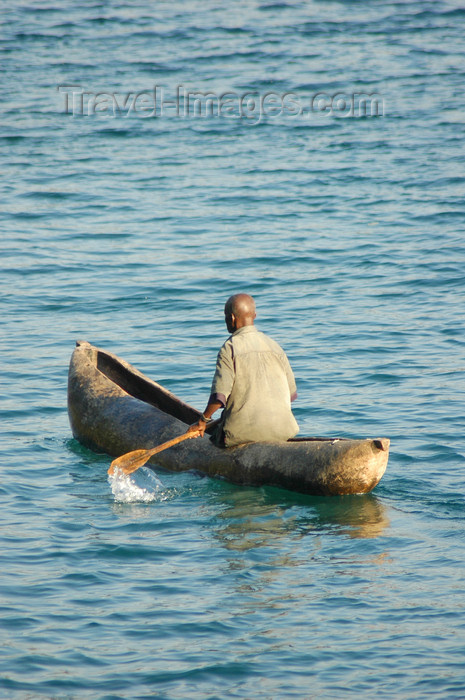G
Guest
Guest
I have greater confidence in a canoe from a known and proven designer, especially where the history of a canoes heritage, iterations, intentions and improvements are known. A willingness to put your name on a product design says something, and a design that appears to be an orphan says something else.
Practiced designers do make mistakes (or suffer in manufacturing interpretation), but the best of them have long learned skills and years of tweaking and improving what they have conceived.
Apologies for a long-winded semi-rant. The number of open-boat designers was never large, the canoe enthusiast market is smaller every day and the guys with proven design chops all have AARP cards.
Given where the paddlesport market has long been headed, are there any young open-canoe designers coming of age? Or are they all playing with paddle boards and molded rec kayaks?
I have had the opportunity to meet a number of well respected canoe designers over the years and have always enjoyed hearing them speak of their design concepts and evolution.
But to a man (and they were all men) they were all at least in their 50s or 60s with a 30 year history of designing canoes and improving on those designs.
Aside from garage builders making one-offs are there any younger folk working on canoe design?



